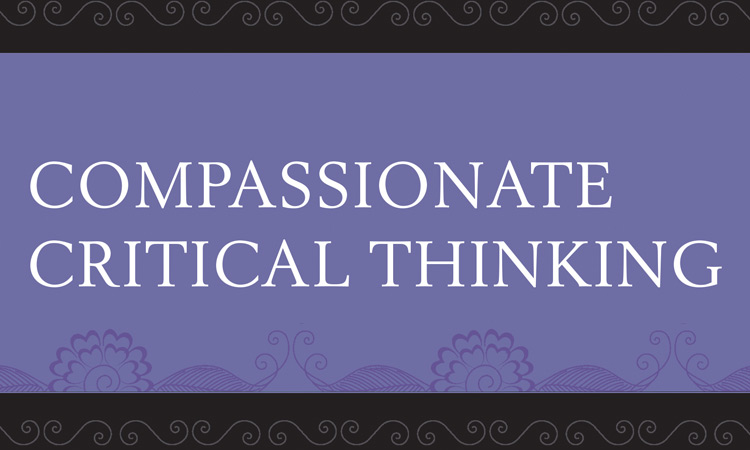Chart for Analyzing the Components of Emotion
Table 3.2 (Chart for Analyzing the Components of Emotion) by Ira Rabois p. 67
Emotion: Anger |
||
| Sensations: What do you feel? | Thoughts and Images | Actions: |
|
Location: Hands, feet, knees, stomach, mouth, chest, shoulders Quality: Feel increased heat. Feeling tightly strung. Knees shake, mouth and hands tense. Eyes constrict. Chest feels pressured. Breathing increases in pace. Intensity: |
See object as a threat. Feel frustrated. Think a goal or desire of yours is interfered with. Think a person is intentionally acting to diminish you. “She dissed me.” See image of people laughing at you, etc. Imagine you have been wronged or that the other person is doing wrong. The situation is not as it should be. |
What is the evolutionary use of the emotion? Mobilizes body energy, readies you for fight-flight emergency. |
|
What action do you feel impelled to take? To strike out, hit others. Attack verbally or otherwise. Denigrate the other. |
||
|
Physiology: Fight response. Sweat Blood goes to extremities First: energy surge, limbic to hormones for a few minutes. Second: action readiness, adrenal & cortical, lasts for hours. Amygdala signals a danger, something new. Decrease in digestion, immune system. |
Psychology: Think you are threatened, usually your idea or illusion of a permanent self. Turn others into enemy. Fear often provokes anger. You tell yourself a story of being belittled, image shattered. See your self through the eyes of others & think of self negatively or as an “IT.” Feel a loss of control as you give yourself up to how others view you. Thinking narrows to support the interpretation you are being attacked. Ventilation fallacy: think expressing anger diminishes it, when it doesn’t. |
Interventions: Cooling down period. Exercise, long walk. Challenge thoughts. Switch to other person’s point of view. Compassion. Mindful awareness, body scan. Relaxation: 3 breaths before act or speak. Separate actor from action. |

